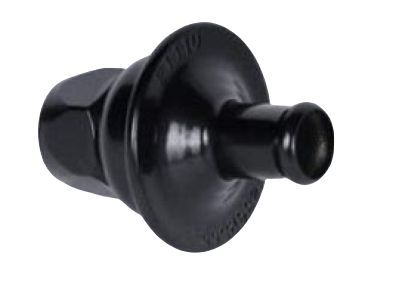My Garage
My Account
Cart
Genuine Oldsmobile Omega Secondary Air Injection Check Valve
SAI Check Valve- Select Vehicle by Model
- Select Vehicle by VIN
Select Vehicle by Model
orMake
Model
Year
Select Vehicle by VIN
For the most accurate results, select vehicle by your VIN (Vehicle Identification Number).
3 Secondary Air Injection Check Valves found
Oldsmobile Omega Valve Asm,Secondary Air Injection Switch
Part Number: 17074977$157.63 MSRP: $478.10You Save: $320.47 (68%)
Oldsmobile Omega Secondary Air Injection Check Valve
Each OEM Oldsmobile Omega Secondary Air Injection Check Valve we offer is competitively priced and comes with the assurance of the manufacturer's warranty for the part. Furthermore, we guarantee the speedy delivery of your orders right to your doorstep. Our hassle-free return policy is also in place for your peace of mind.
Oldsmobile Omega Secondary Air Injection Check Valve Parts Questions & Experts Answers
- Q: What Are the Diagnostic and Replacement Procedures for Check Valve on Oldsmobile Omega?A: This AIR system was designed to reduce hydrocarbon and carbon monoxide levels in the exhaust by injecting air into the exhaust ports or catalytic converter. The system uses an air pump, air management valve, and check valves that direct air to the correct location based on engine temperature and driving conditions. To diagnose any issues one should check hoses, vacuum lines, wires for damage, and ensure pump drivebelt is in good condition. Pump can be checked by feeling its pulsations and noting parallel airflow with increased engine speed. The check valve should only allow air flow in the direction of normal air flow. The vacuum presence can be checked in the air management valve while deceleration valve for air flow and engine speed drop. Note the routing of hoses and tubes, tighten all connections before replacing any components. Disconnect outlet hose and remove valve from pipe assembly to replace check valve. Disconnect vacuum signal line, air hoses, electrical connectors then remove mounting bolts inorder to change air management valve. Remove the adapter together with the drive belt then unbolt the mounting bolts before installing a new pump (remove the old one). Disconnect vacuum hoses, remove retaining screws then install new deceleration valves.












